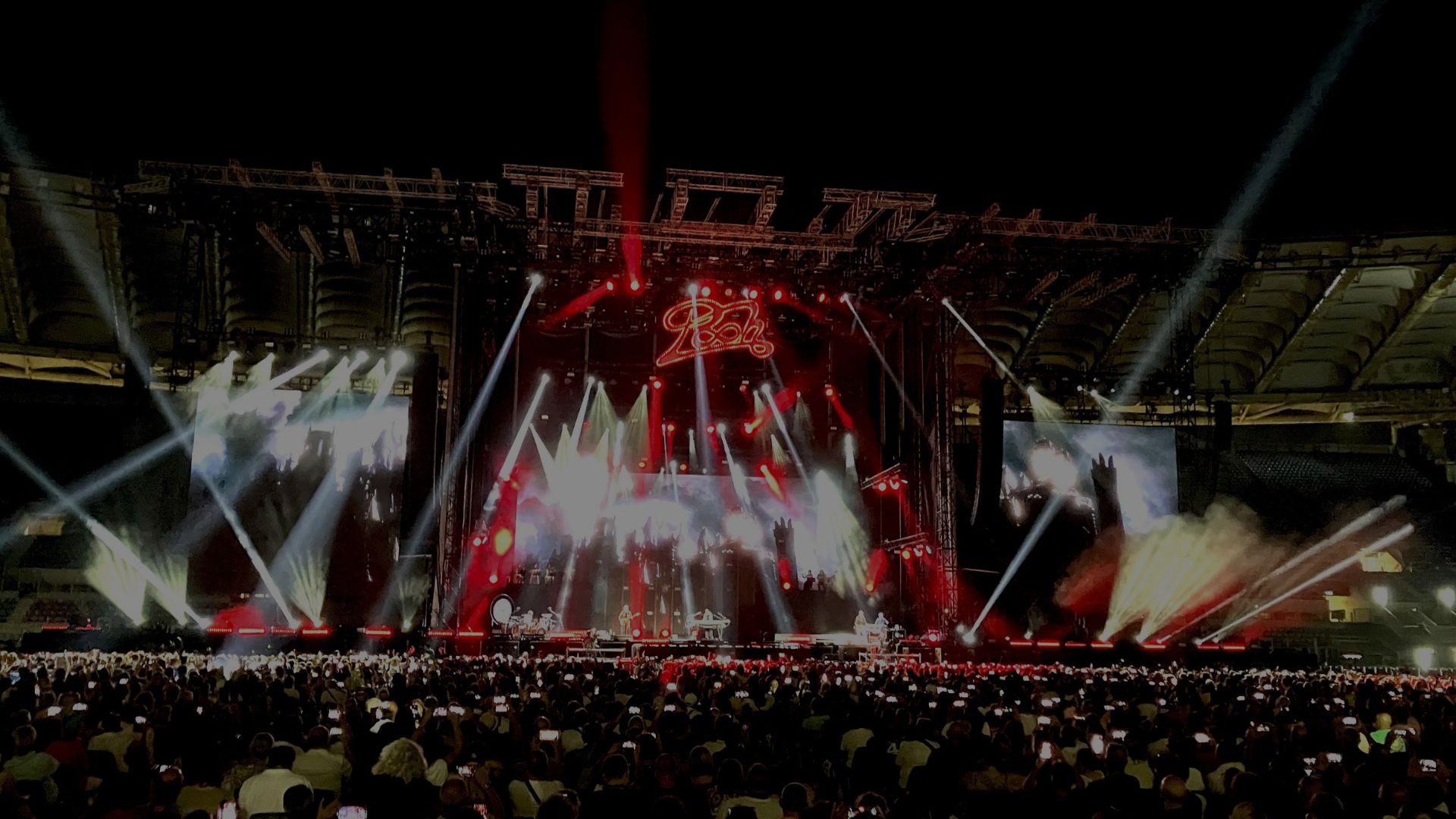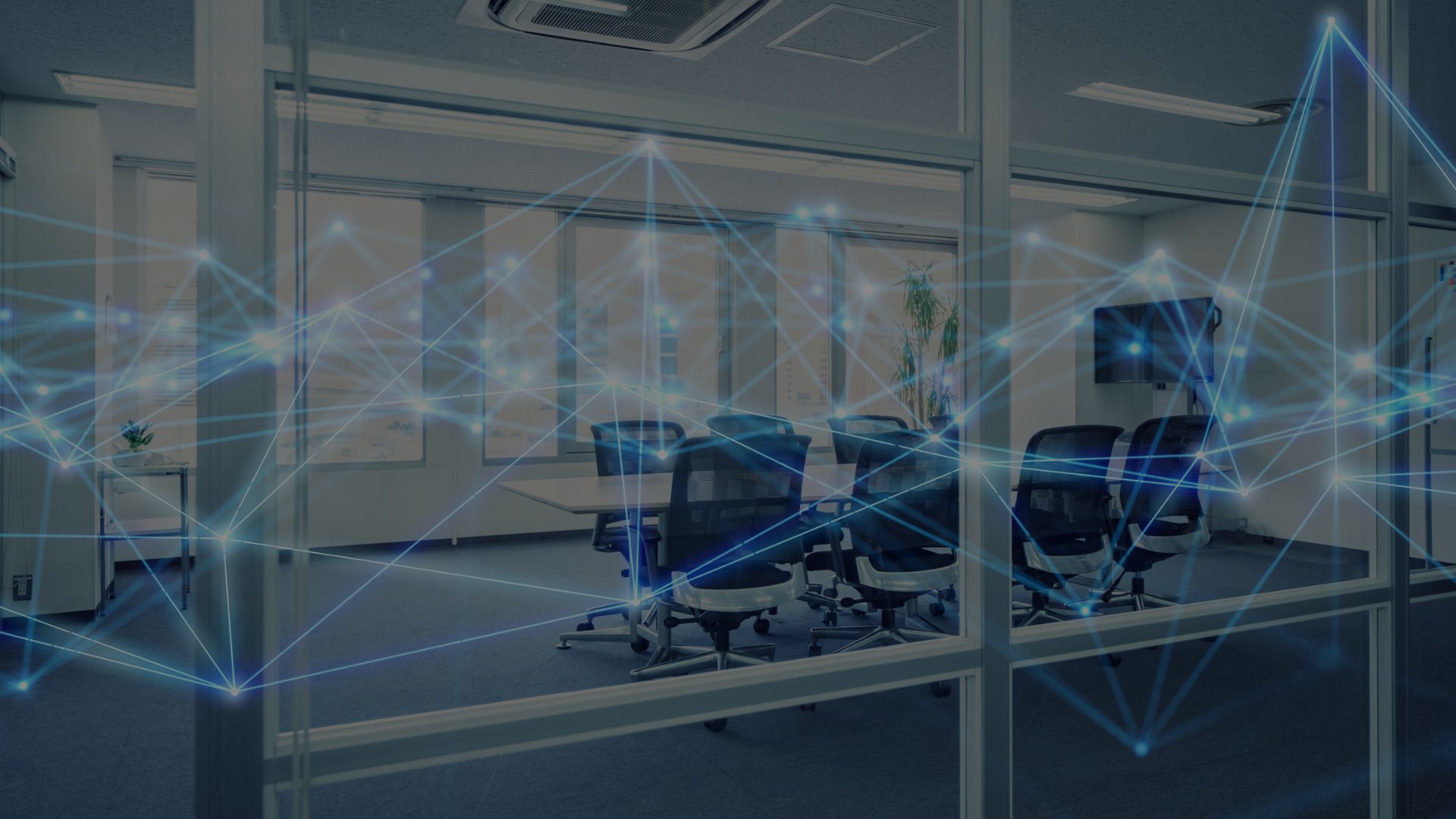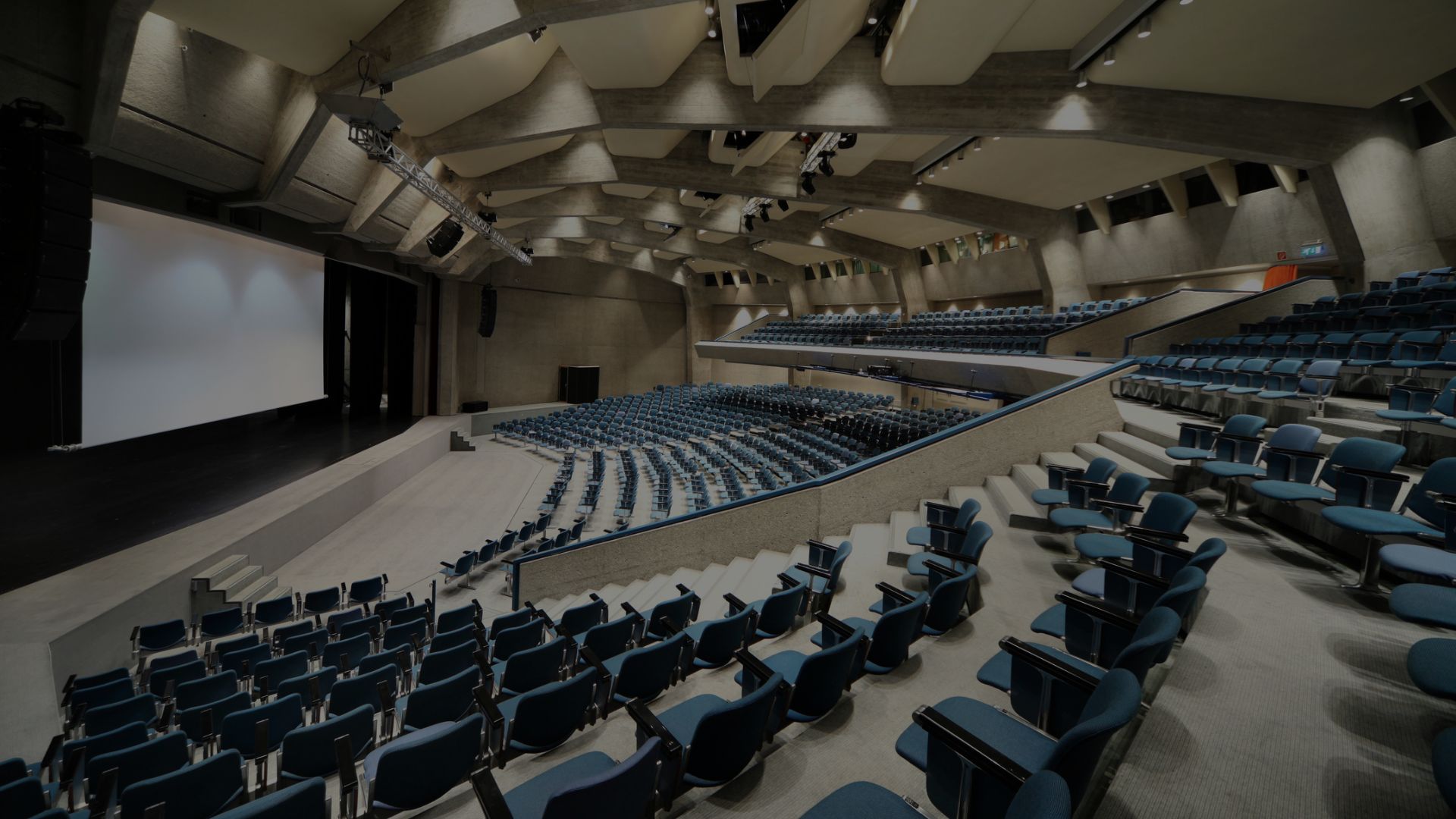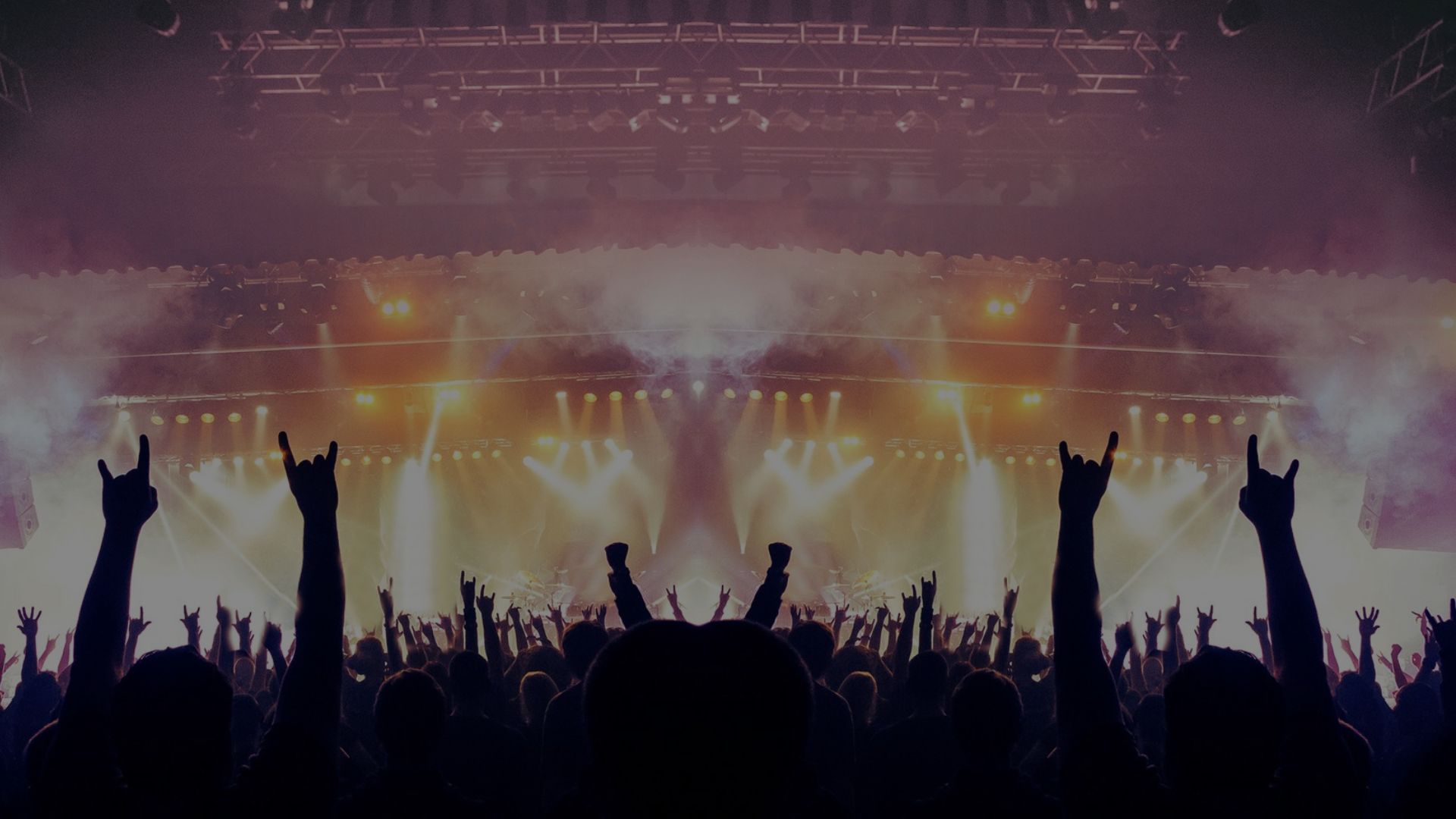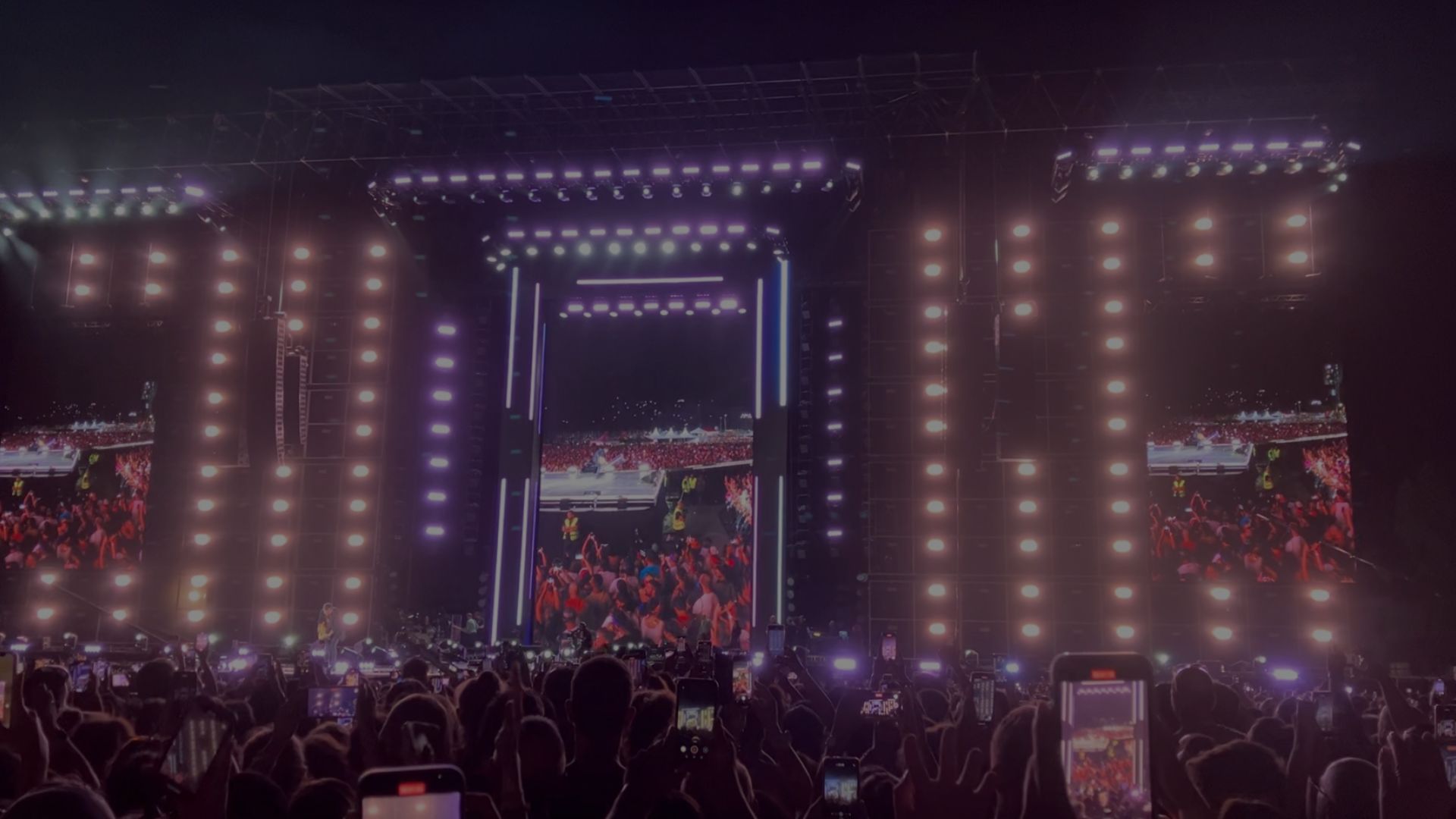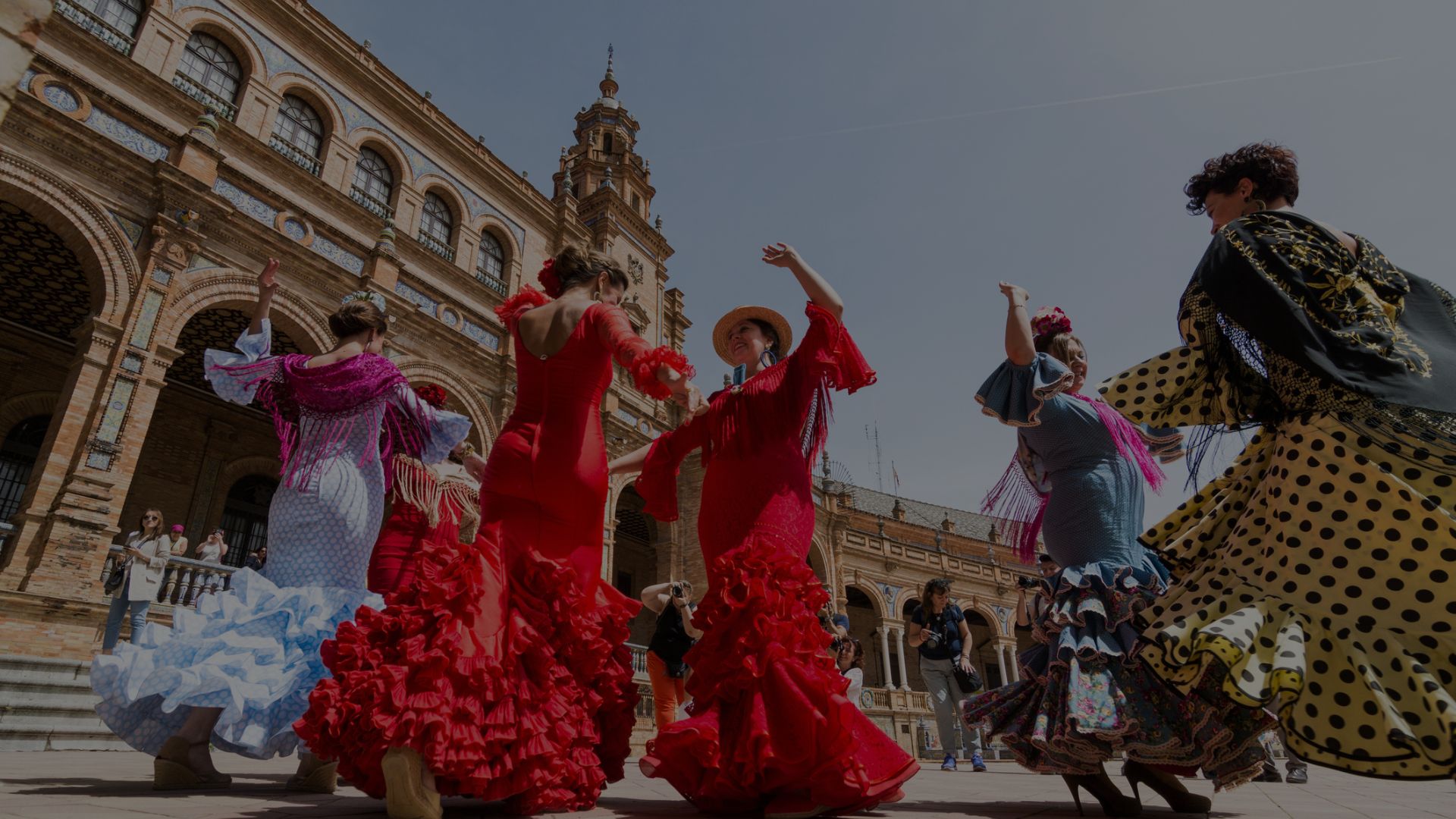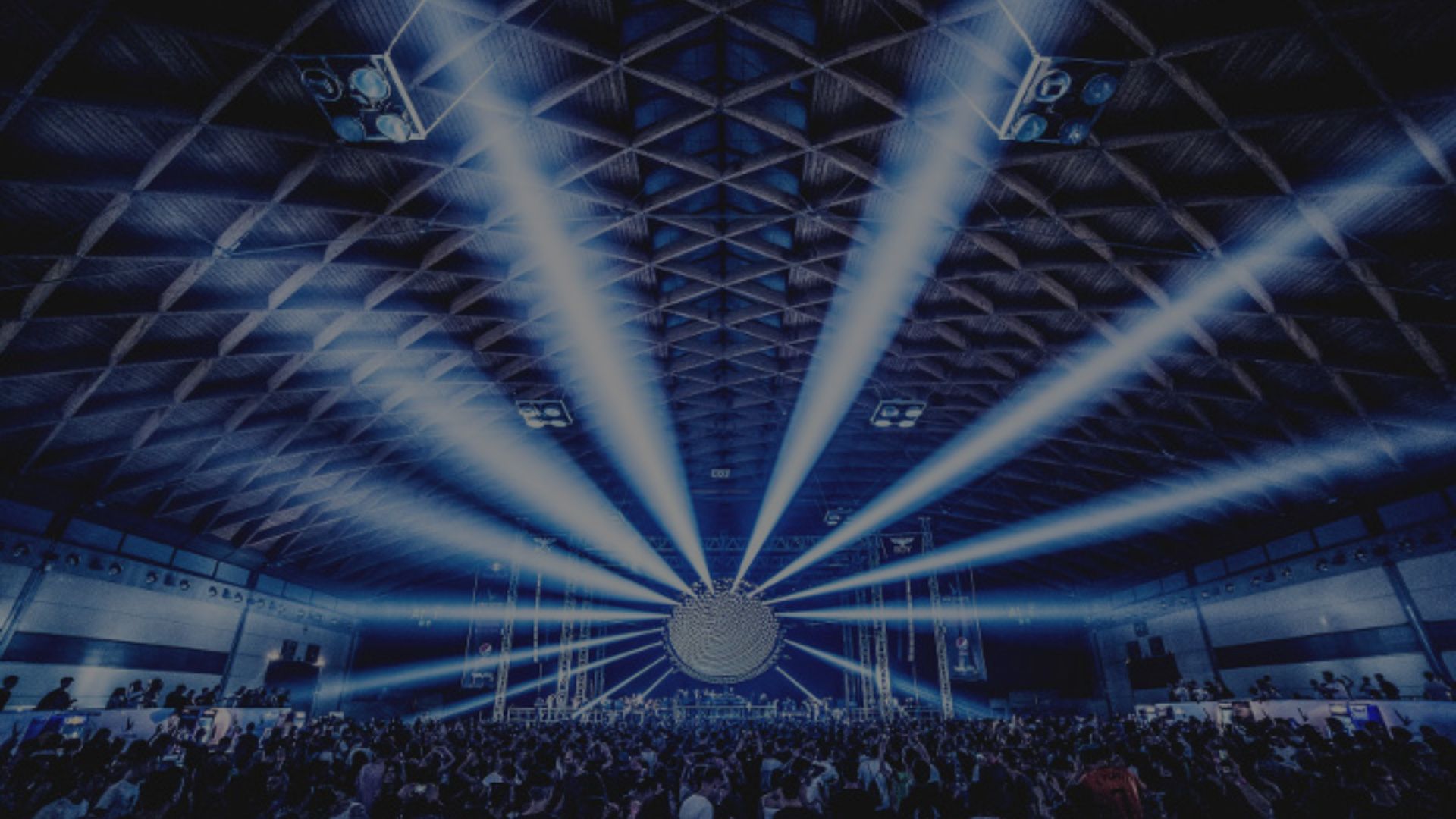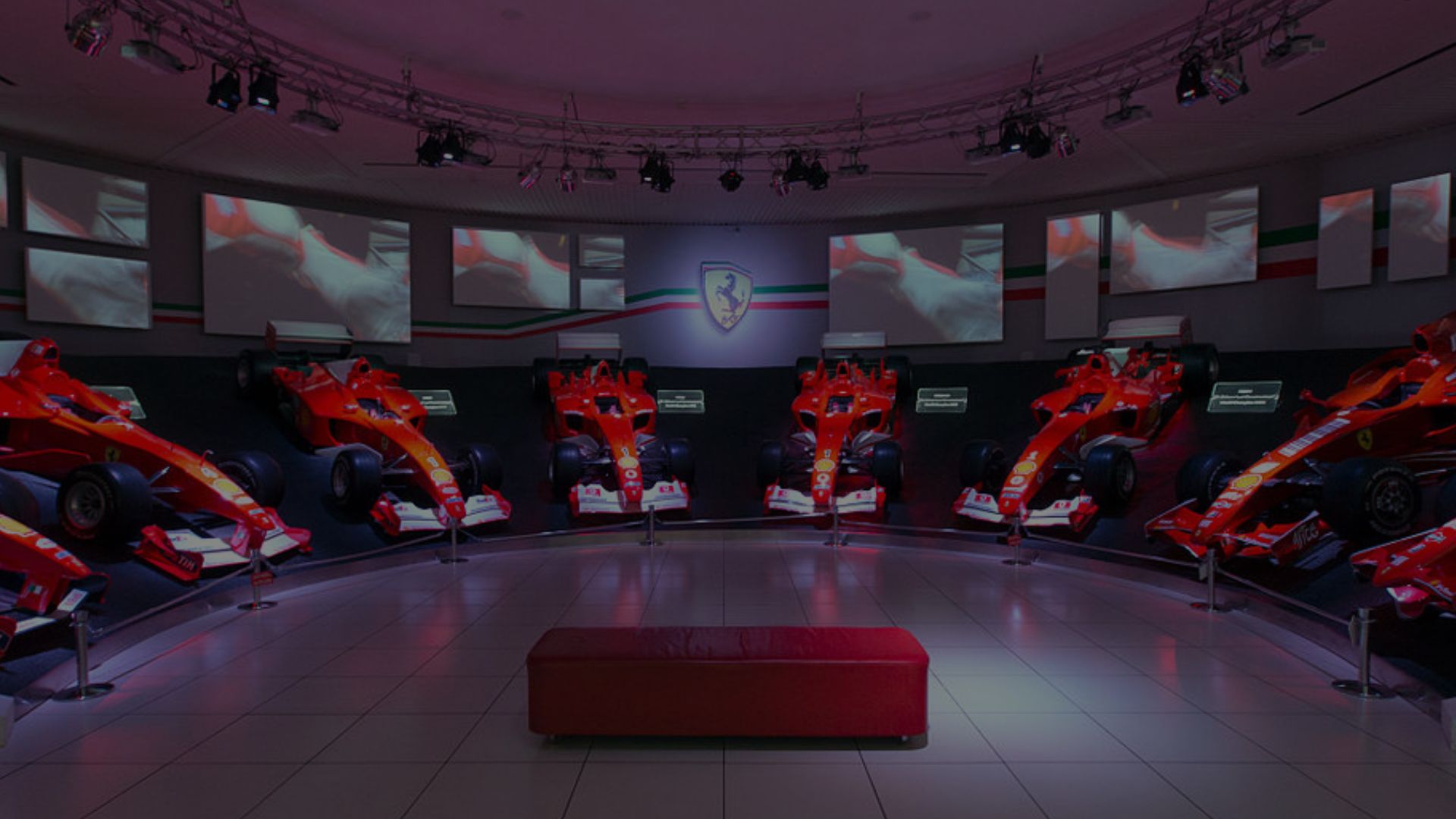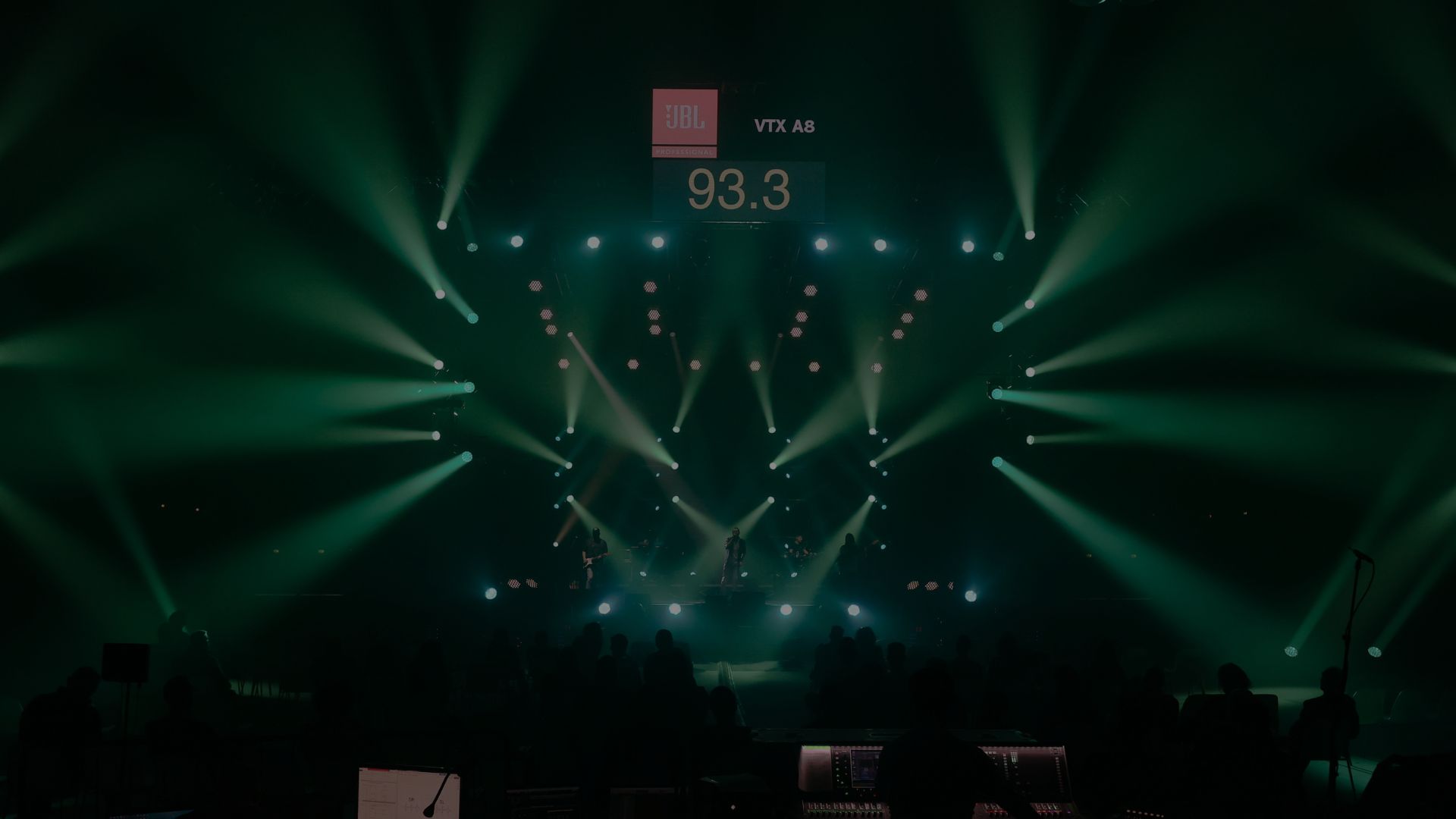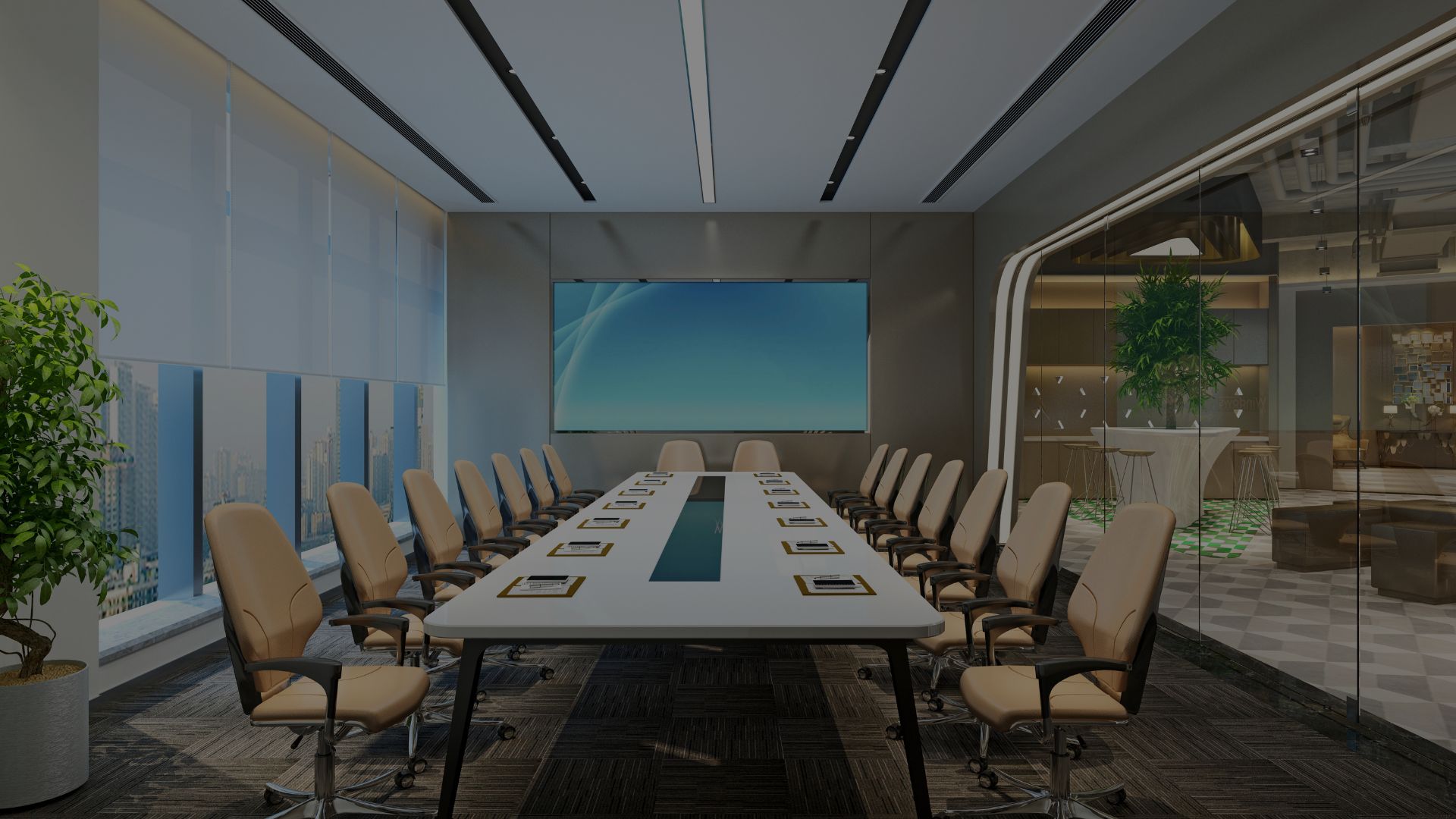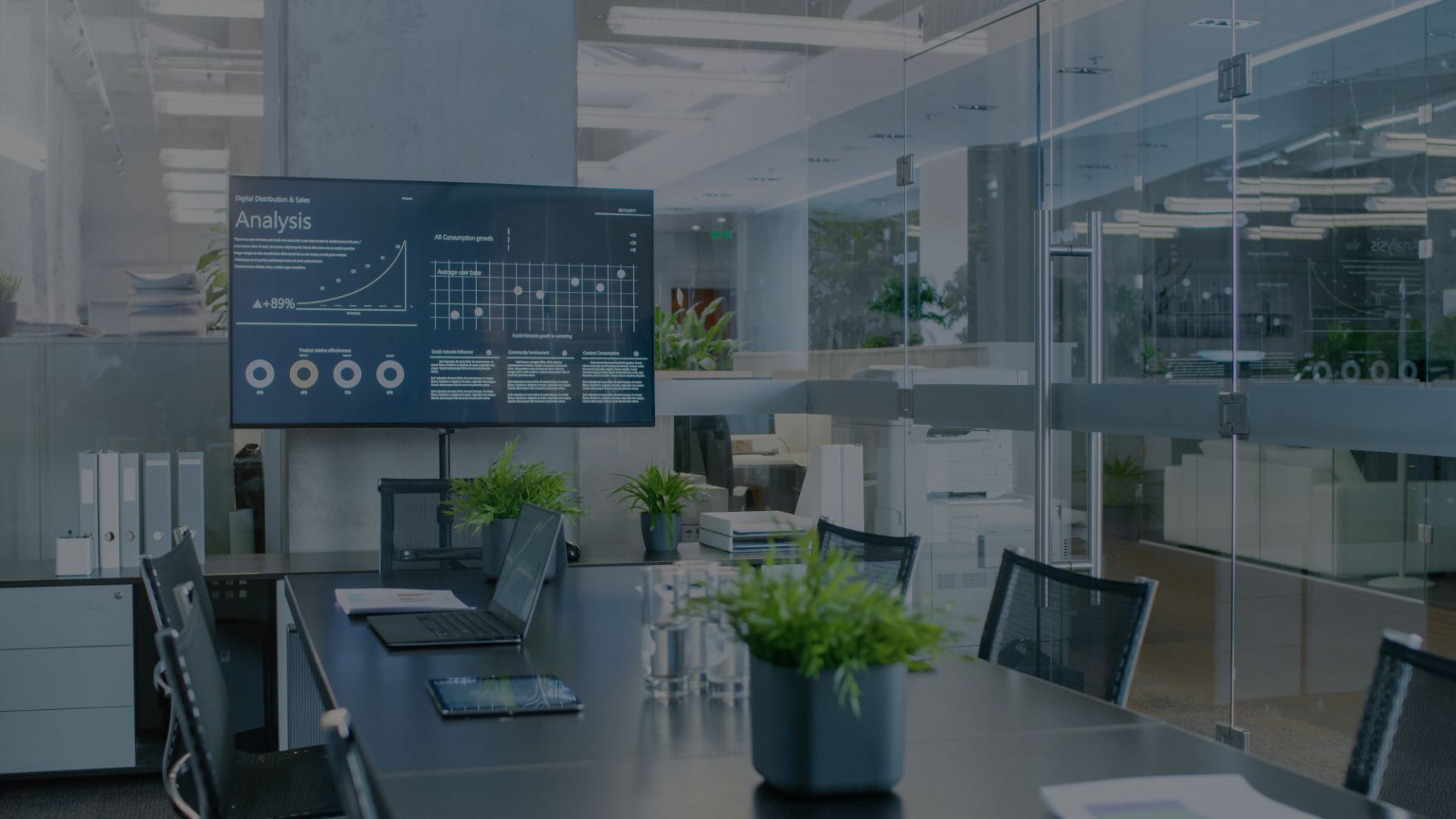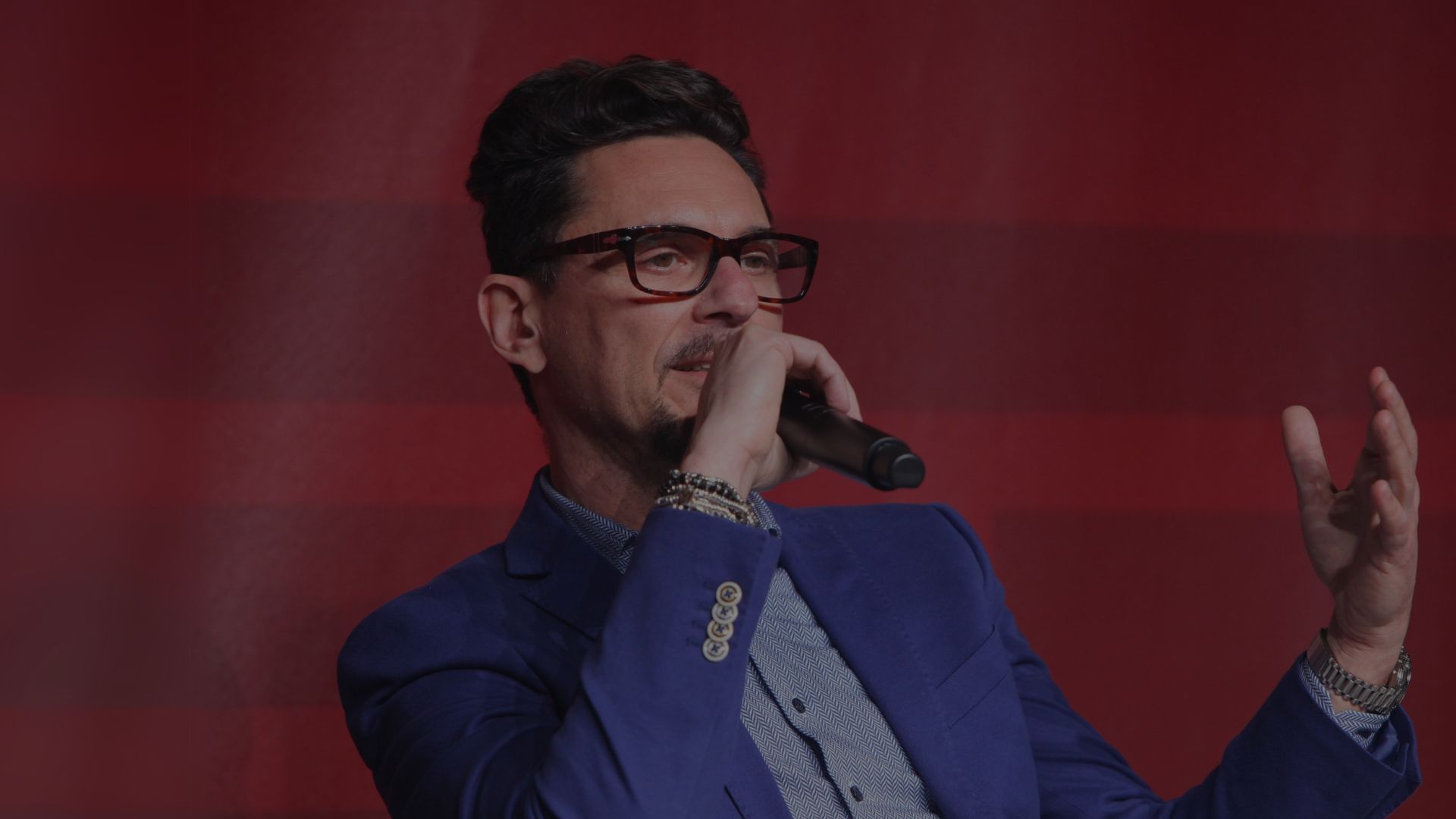Lighting design is a fundamental component of any theatrical production, deeply influencing the mood, emotion, and storytelling of a performance. However, lighting techniques and strategies vary significantly depending on whether the show takes place indoors or in an outdoor setting.
At MIR24, we discussed these differences with Valerio Tiberi, one of the most promising Italian Lighting Designers, whose extensive experience includes opera, drama, and dance.
Working Time & Environmental Conditions
In an indoor theatre, technicians can work at any time of the day with full control over lighting conditions, allowing for more detailed planning and precise light programming. In contrast, outdoor lighting design can only begin after sunset, reducing the time available for setup and testing. Moreover, weather conditions such as wind and rain can greatly affect outdoor lighting design, requiring a more practical and adaptable approach.
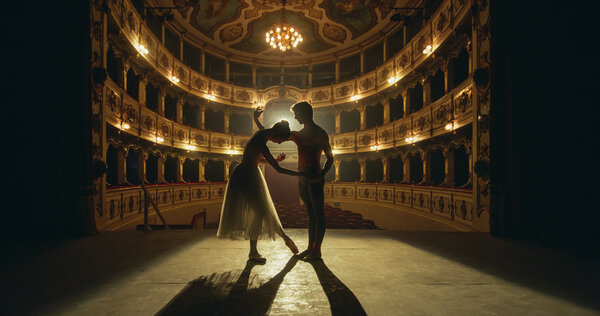
Design Differences
Lighting design greatly varies based on space and environmental conditions. In a controlled indoor environment, lighting designers can take advantage of multiple lighting positions and focus on intricate details. Outdoor productions, on the other hand, often require simpler, more practical solutions, while also accounting for ambient light pollution, such as moonlight or urban lighting.
Light Quantity and Intensity
In an indoor venue, achieving total darkness is possible, which is crucial for creating strong contrasts and precise lighting effects. Outdoors, absolute darkness is harder to achieve, potentially limiting the effectiveness of certain lighting techniques.
The number of effects used often depends on the type of show and its narrative needs. In musicals, for instance, there is more dynamism, more musical numbers, and a greater demand for impactful lighting and effects. In opera, effects may also be present but often depend on how the direction interprets the dramaturgy.
Collaboration and Project Development
Lighting design in theatre must be flexible and adaptable to the unique needs of each performance. Whether it’s drama, opera, musical theatre, or ballet, each genre has its own characteristics and constraints. The designer’s approach must begin with a dialogue with the director to fully understand the artistic and dramaturgical vision. This initial discussion is essential for developing a lighting project that is perfectly integrated with the set design, music, and choreography.
Collaboration with the director, choreographer, and set designer is crucial to creating effective lighting design. Every element of the production must be considered and integrated into the lighting plan. Music, in particular, plays a central role in both opera and musicals, influencing the rhythm and intensity of the lighting choices.
Lighting design for opera requires a blend of technical skill and artistic sensitivity, along with the ability to adapt to different environments and performance demands. The challenge lies in creating a visual experience that enhances and supports the storytelling, regardless of the venue in which the show is staged.
🎥 Watch the full interview with Valerio Tiberi:
PUBLICATION
21/05/2024
luci professioni

